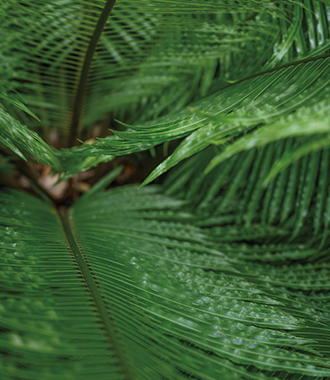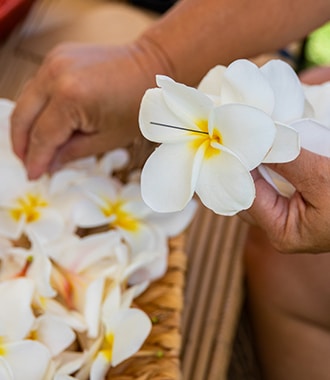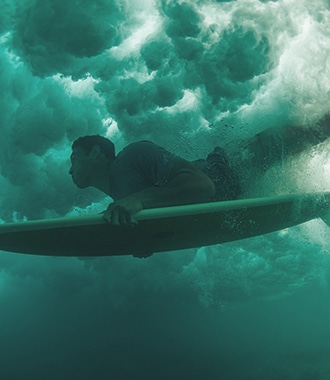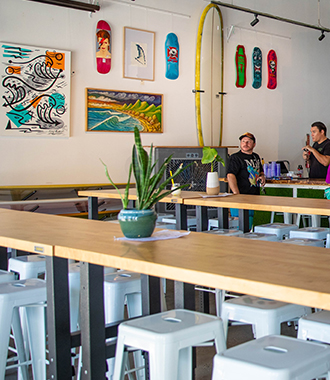History of the Shaka
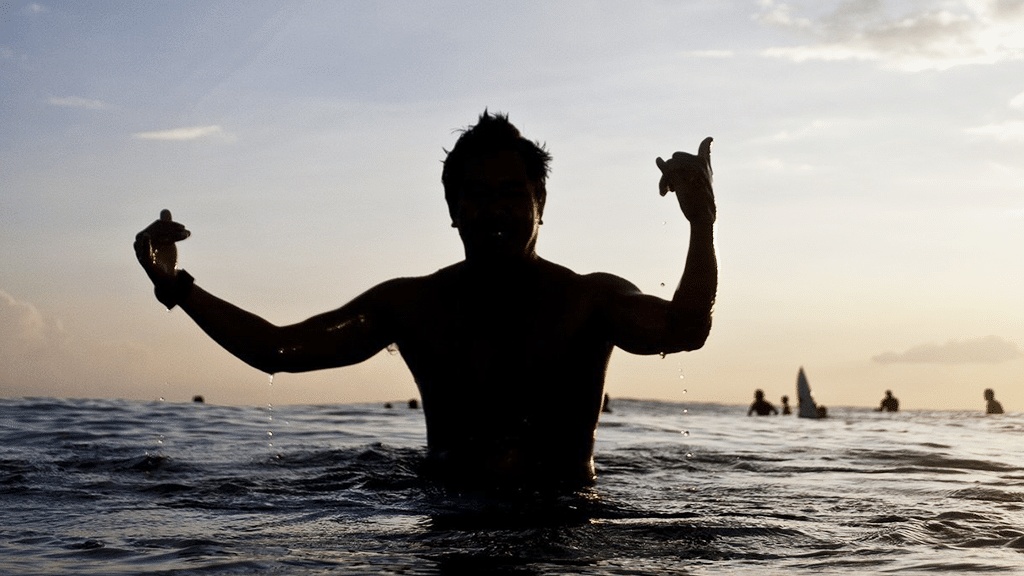
Despite our reputation for being the most geographically isolated landmass on the planet, Hawaiʻi is consistently influencing international pop culture.
Look no further than local celebs like Bruno Mars and President Barack Obama or cultural exports like surfing and shave ice as shining examples of just how far our cultural reach extends. But in the realm of Hawaiʻi’s greatest exports, you’d be hard-pressed to find one more emblematic of the people of Hawaiʻi than the shaka. Yes, the shaka.
As a gesture, the shaka is formed by extending the pinky and thumb of your fist and has become a stalwart symbol of good vibes and positivity across the world. Whether you’re in Minnesota or Makiki, if you throw a shaka with a smile, most people will catch your vibe. While the shaka can be thrown in a variety of forms (we recommend keeping them loose) and hold a variety of subtle meanings (everything from “hello or goodbye” to “understood”) it’s become a ubiquitous gesture of aloha the world over. But where did the shaka actually come from?
Like all great legends, the history of the shaka is shrouded in a blanket of mystery. While we’ve heard that the shaka can trace its lineage back to a variety of origins, the most commonly accepted version states that the first shaka was inadvertently thrown by a local man named Hamana Kalili. As the tale goes, Kalili—who worked for the Kahuku Sugar Mill on the North Shore—had an unfortunate accident that resulted in the loss of his index, middle, and ring finger. Following the incident that claimed his fingers, Kalili was reassigned to a new position at the mill as a security guard for the sugar cane railroad that connected Honolulu to the North Shore. It was here, while waving to passers-by, that it’s thought that the shaka was born.
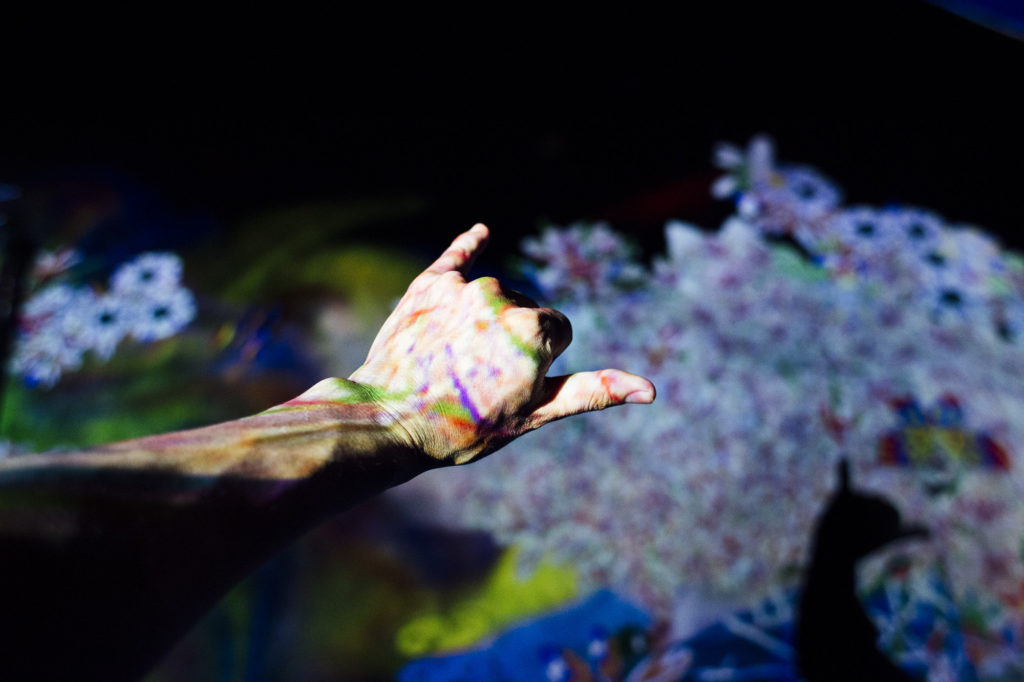
“Some say that Kalili would wave his hand when the train was clear to move, others say he would use it to wave kids off the tracks,” wrote the website The Inertia. “Still others say the local kids used to test their luck by taking sugar canes off the train, but when Hamana was there he’d give them a hard time, so they developed a way to signal each other when Hamana was on guard.”
Still, others claim that the shaka, which, as we’ve established, is often associated with a carefree, easy-going outlook on life, is derived from an ancient Buddhist named Shakyamuni who would form shakas with his hands while meditating.
While the term shaka may not be derived from the Hawaiian language, the use of the term is often credited to local Honolulu TV star and actor Lippy Espinda, who would throw a shaka and exclaim his catchphrase “shaka, brah” when he appeared on television commercials selling used cars.
Despite its loosely contested beginnings, the rise in popularity of the shaka can largely be attributed to local surfers of the 1960s and ’70s who used the hand gesture to signify their status as a surfer to other surfers. Think of it as a good-vibes gang sign of sorts. Fast-forward a few decades and thanks to films portraying surfers and the people of Hawaiʻi, the shaka has taken over the world. Far and wide, in places with no discernible connection to Hawaiʻi, shakas are thrown in countless numbers each and every day. There’s even a shaka emoji! And we think that’s a darn-good thing. After all, who among us couldn’t use a reminder to take life a bit slower and be a little more easy-going?
No matter how you throw them or at whom, a shaka is a mighty wonderful—and uniquely Hawaiian—hand gesture. Whether you’re thanking the driver in traffic for letting you in or greeting an old friend, a well-thrown shaka is a thing of beauty and is always appreciated in the islands.
